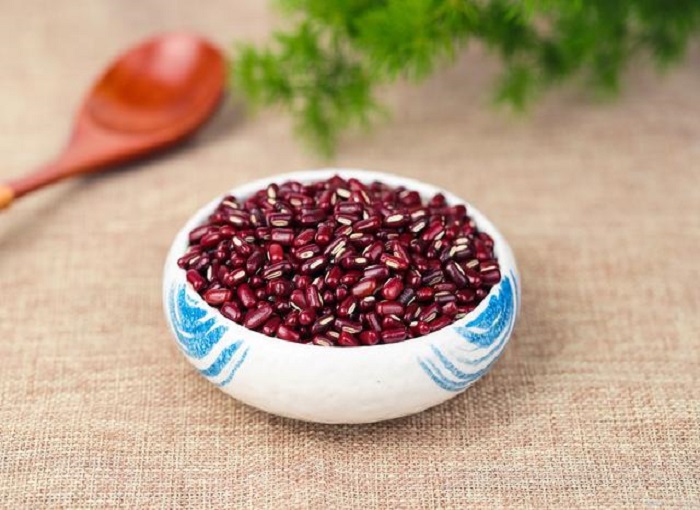Red beans are distributed all over the country, mainly in Yunnan, Guizhou, Guangxi, Guangdong and other places. In ancient literature, it is often used to express lovesickness and has high nutritional value. It is high in protein, low in calories, rich in vitamin E and active ingredients such as potassium, magnesium, and selenium. It is a typical high-potassium food with the effects of strengthening the spleen and kidney, diuresis and swelling.
1. Strengthening the spleen and kidney: Red beans have the effects of clearing the heart and nourishing the mind, strengthening the spleen and kidney. Adding lotus seeds and lilies can also consolidate the essence and replenish qi, stop bleeding, strengthen the muscles and bones, etc. It can be used for dry lungs, dry coughs, and enhance the vitality of internal organs.
2. Promote milk secretion: Red beans are foods rich in folic acid. Postpartum women and nursing mothers should eat more red beans to promote milk secretion.
3. Diuresis and swelling: Red beans contain more protosaponins, which can stimulate the intestines and have a good diuretic effect. They are suitable for auxiliary diet therapy for cardiogenic and renal edema, ascites due to cirrhosis, and beriberi edema.
4. Regulate blood sugar: Potassium deficiency in the body can cause a decrease in sugar, making blood sugar difficult to control. Red beans are a typical high-potassium food that can help diabetic patients better control blood sugar. In addition, red beans contain more dietary fiber, which has good effects of moisturizing the intestines, lowering blood pressure, lowering blood lipids, and regulating blood sugar.
5. Nourishing blood: Red beans are rich in iron, which can nourish blood and promote blood circulation. They are ideal food for anemia patients. Anemia patients who dare not eat pig liver can eat red beans to nourish blood. In ancient times, people would drink red bean soup to nourish blood after giving birth, and the effect was excellent.

 ENGLISH
ENGLISH 中文
中文 Русский
Русский


